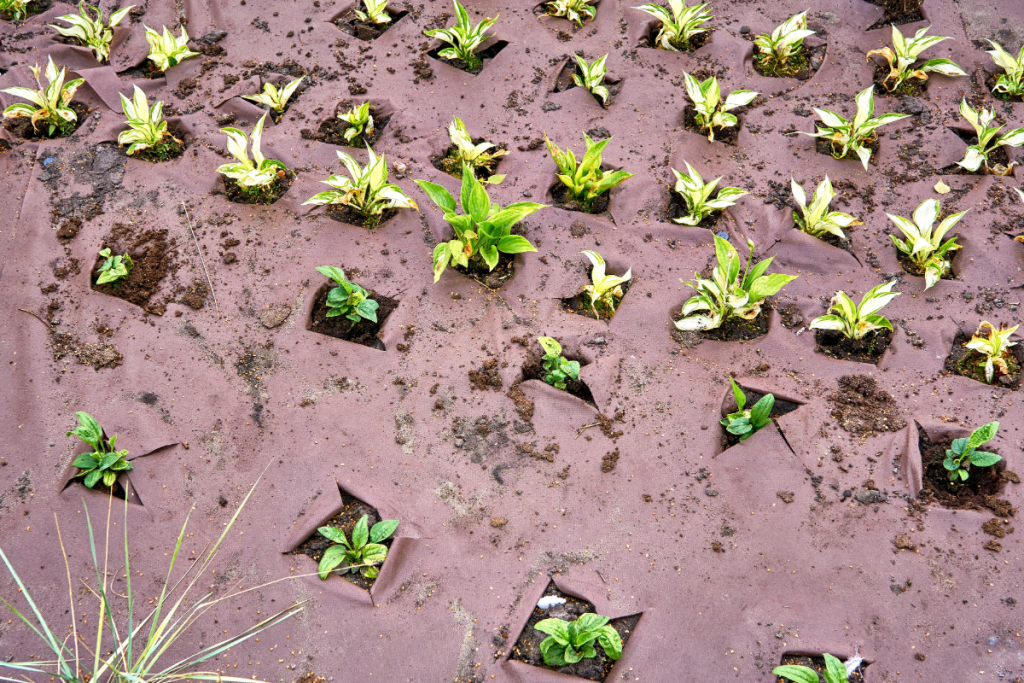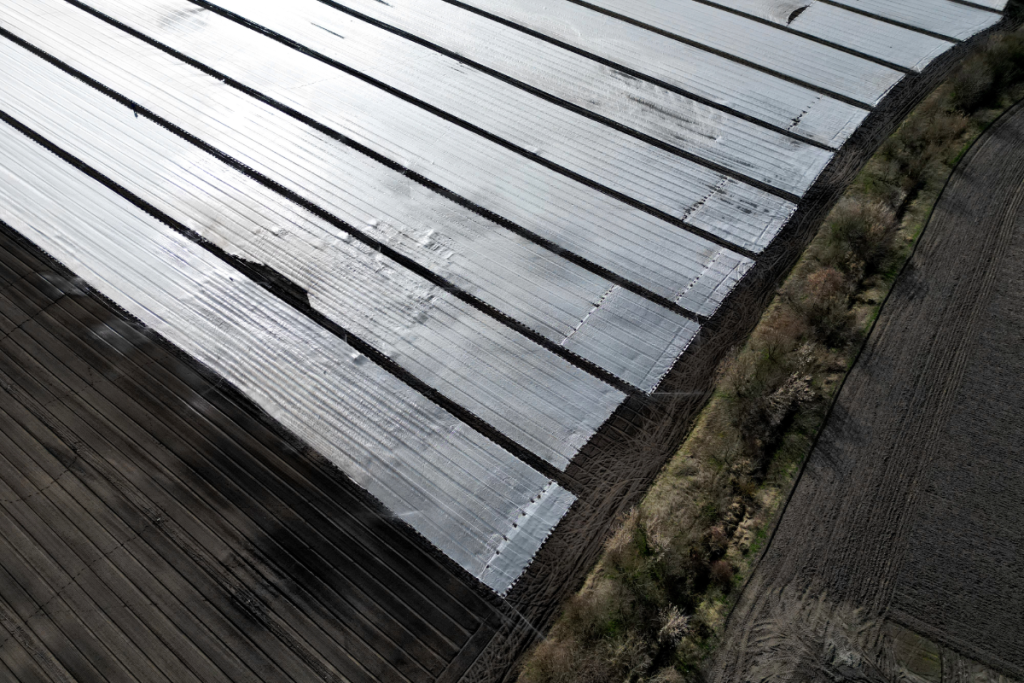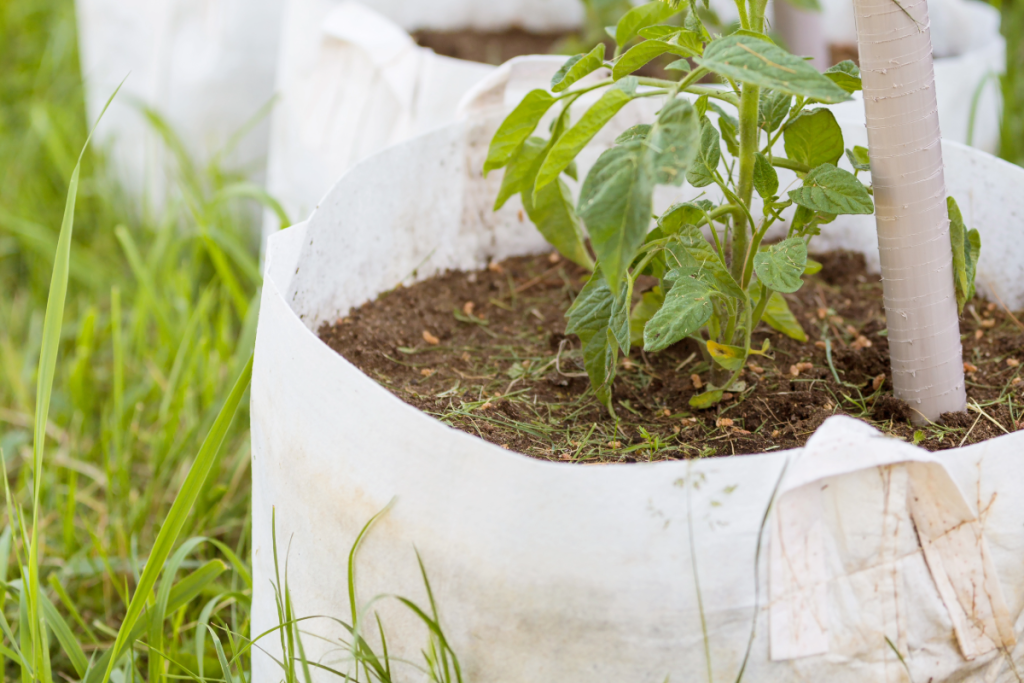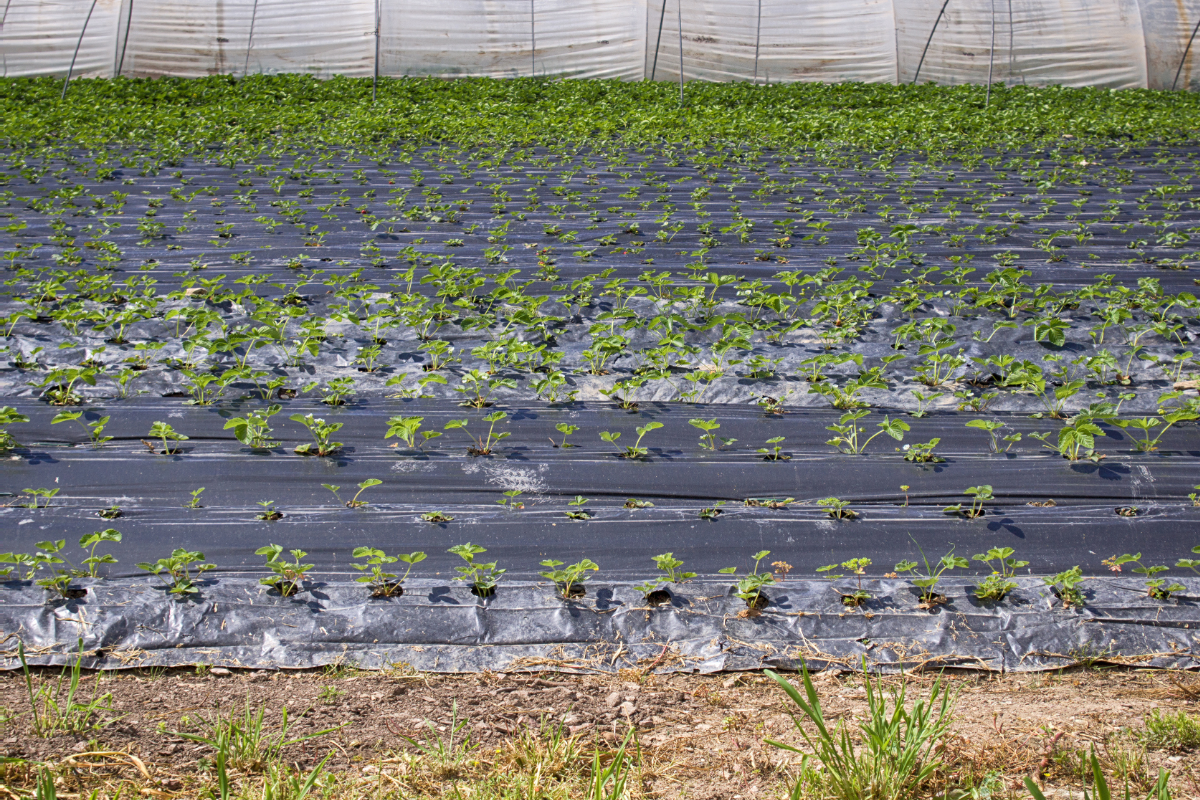In the realm of modern agriculture, innovation is the driving force behind increased productivity, efficiency, and sustainability. One such innovation that has revolutionized farming practices in the United States is the utilization of geosynthetics. Geosynthetics, a class of synthetic materials engineered for civil engineering applications, have found diverse and impactful uses in agriculture, ranging from soil stabilization to water management. In this blog post, we’ll explore the various applications of geosynthetics in agriculture and their contributions to sustainable farming practices across the nation.
Reinforcement and Soil Stabilization
One of the primary applications of geosynthetics in agriculture is soil stabilization and reinforcement. Geotextiles, a type of geosynthetic, are often used to reinforce soil structures. By distributing loads and reducing soil erosion, geotextiles help in maintaining soil integrity, preventing land degradation, and ensuring the stability of agricultural infrastructure. This is particularly crucial in areas prone to erosion or with challenging soil conditions.






Erosion Control
Erosion poses a significant threat to agricultural land, leading to loss of soil fertility, nutrient runoff, and sedimentation of water bodies. Geosynthetics play a vital role in erosion control by providing protective barriers against soil erosion. Erosion control blankets and mats are commonly used to stabilize soil surfaces, prevent surface runoff, and promote vegetation establishment. These products not only mitigate erosion but also facilitate vegetation growth, enhancing soil conservation efforts on farms.
Geomembrane Liners for Water Management
Water management is a critical aspect of agricultural operations, especially in regions facing water scarcity or prone to flooding. Geomembrane liners, another type of geosynthetic, are employed in various water management applications on farms. These impermeable liners are used in lining irrigation ponds, reservoirs, and agricultural water storage systems, preventing seepage and loss of water. Additionally, geomembrane liners help in controlling water quality by minimizing contamination from agricultural runoff, chemicals, and pollutants.
Geocomposites for Drainage Systems
Proper drainage is essential for maintaining soil health and preventing waterlogging, which can hinder crop growth and lead to yield losses. Geocomposites, composed of geotextiles and drainage cores, are utilized in subsurface drainage systems to efficiently manage excess water in agricultural fields. These drainage systems, installed beneath the soil surface, promote rapid water removal, alleviate waterlogging, and improve soil aeration, creating optimal growing conditions for crops.
Silage Protection and Storage
Geosynthetics also find application in silage protection and storage, particularly in the form of silage bags and bunker covers. These specialized geotextile products are used to cover and seal silage piles or bunkers, preserving feed quality and minimizing spoilage. By creating a barrier against oxygen and moisture ingress, geosynthetic covers help in maintaining the nutritional value of silage, reducing losses, and ensuring feed availability for livestock during lean periods.
Conclusion
Geosynthetics have emerged as indispensable tools in modern agricultural practices in the United States, offering innovative solutions to address various challenges faced by farmers. From soil stabilization to erosion control, water management, and silage protection, these versatile materials contribute significantly to enhancing productivity, sustainability, and resilience in agriculture. As the agricultural sector continues to evolve, the integration of geosynthetics will play a pivotal role in fostering efficient resource utilization, environmental conservation, and the long-term viability of farming operations across the country.


